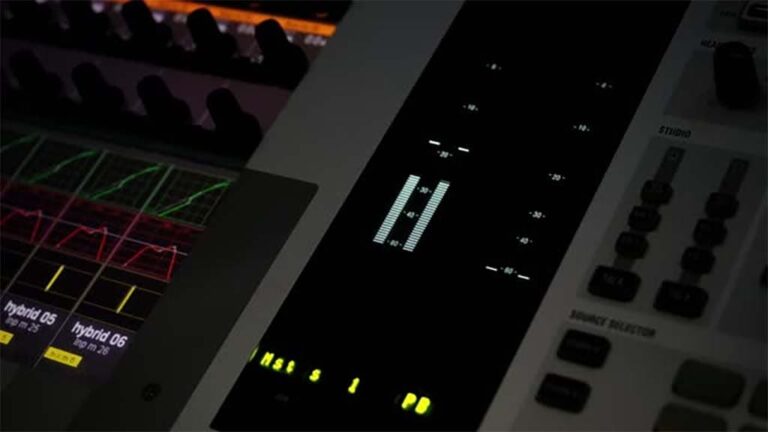There are several levels of understanding of the phenomenon of tonality, each of which is studied at a certain stage of development of a musician, assuming that he has mastered the previous base.
In music education we can distinguish 4 levels, and only by correlating each level with this level will avoid confusion and unnecessary debates and arguments. All of these levels are logically conditioned by the development of a musician and are found in any kind of activity.
So, four levels:
- Elementary – music school;
- Middle level – college/university;
- High level – higher education institutions;
- Nadu-level – musicologists, composers, generation of new meanings and concepts.
Let’s take a step-by-step look at how the description of the definition of tonality changes from the lowest levels of mastering music to the highest levels.
I will note at once that the difference between the elementary and intermediate levels is minimal and, in fact, when studying in colleges, the theoretical information of the school is only deepened and studied in more detail, but no innovations or profound ideas are involved, due to the limited number of class hours.
We take a classic high school textbook and see that it does not address the concept of tonality at all. All that’s in the textbook is the classical definition, beyond which most musicians never go: tonality is the pitch position of the harmony.
Then there’s another textbook. Here there are more important remarks like: harmony is a system of relationships between stable and unstable sounds. Then the notion of major scale is introduced and the addition: major scale is a scale, stable sounds of which form a major triad.
Naturally, that owing to the initial education nobody explains the reasons which make sounds steady and unstable in major and why exactly triad should be steady.
Further we see the same picture, a major harmony is considered from the note C, and to build it from other notes we have to introduce the notion of tonality, as sound position of the harmony.
The harmonies of folk music differ from major and minor, but since the tonics in them are major and minor triad, it is advisable to consider them in comparison with major and minor.
In general, this (utilitarian) interpretation of tonality is not a bad thing for the elementary and intermediate level. In many areas of life, we use simplifications or assumptions in the beginning stages of learning. The problem here is that elementary and intermediate levels of education cannot be considered definitive, which can be seen as having formed a coherent musical mindset. Elementary – 9 years is not enough to become a musician in terms of understanding all the details and subtleties.
However, it should be noted that in middle school musicians are already given the first bell mentioning that it is not necessary to confuse tonality and pitch position of the harmony.
At the middle school stage, the musician’s brain is not yet ready to ask those questions that scatter the essence of the definition of tonality as the pitch position of a harmonic scale.
The simplest ones are: how C major tonality differs from C ionic tonality.
We get such picture – the musician for at least 9 years perceives the term tonality, as sound-pitch position of a harmony, and the difference between major and Ionic for him at all does not exist. Naturally, few people go further and understand why a major harmony works this way and not the other way, and why this system does not work in other harmonies.
And here we come to the third level:
Here the notion of tonality already represents a way of understanding the system of organizing melody and most of all harmony in two harmonies, major and minor, with the center in the form of a tonic triad.
So, as soon as a musician moves from the elementary/intermediate level to a real professional knowledge, the notion of tonality for him is no longer the pitch position of the harmony.
Tonality is a centralized pitch system whose functional structure is dominated by the tonic as the dominant element.
To simplify, we can say that tonality is the orderliness, and integrity of the pitch organization of music.
So, despite the fact that between the elementary and advanced level of understanding of tonality there is a tangible difference in both cases, all textbooks tell us about the following points:
- The major and minor harmonies are based on a tonic triad.
- The sounds of the harmony are divided into two categories – stable and unstable
- These are easily perceptible by ear and we cannot deny them









